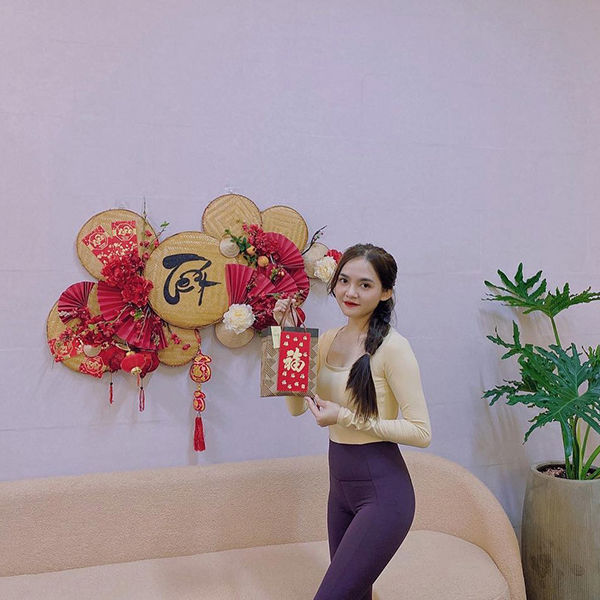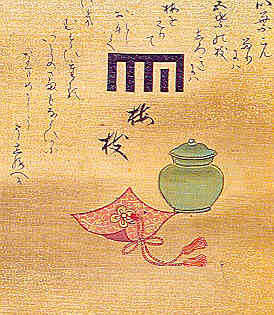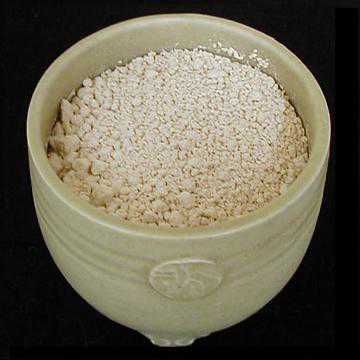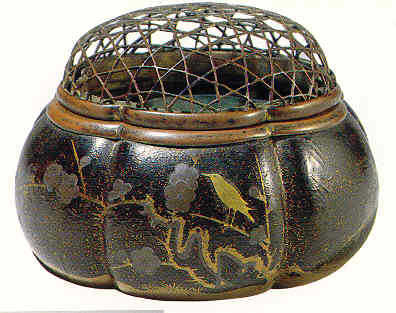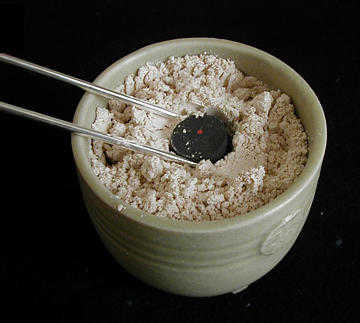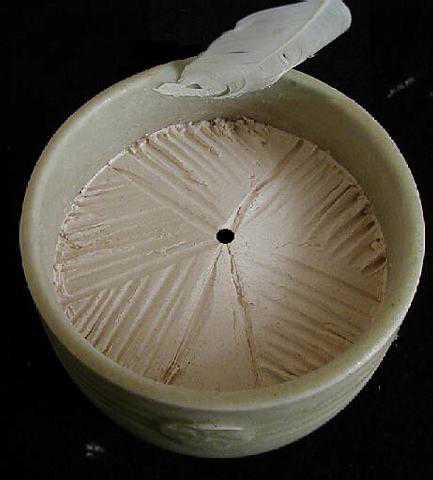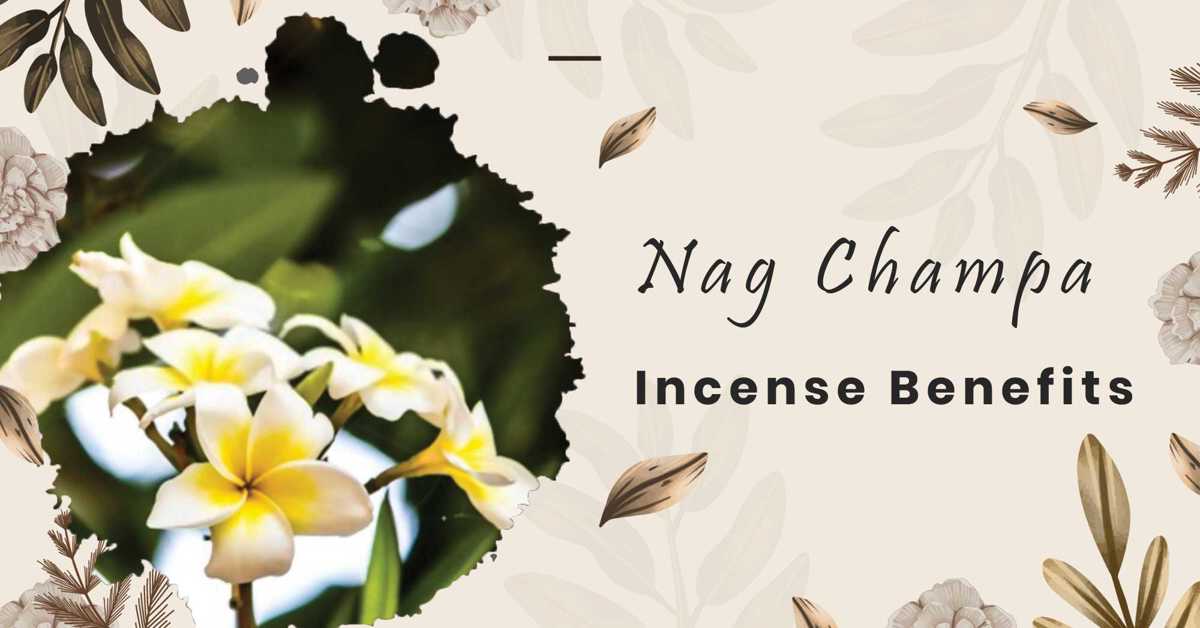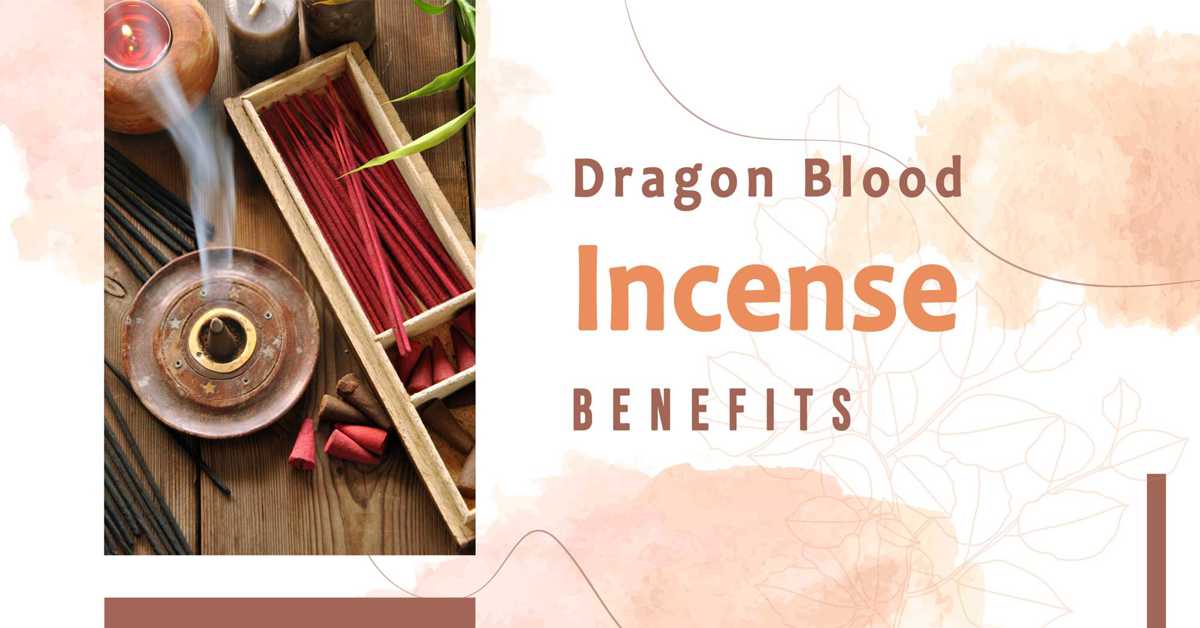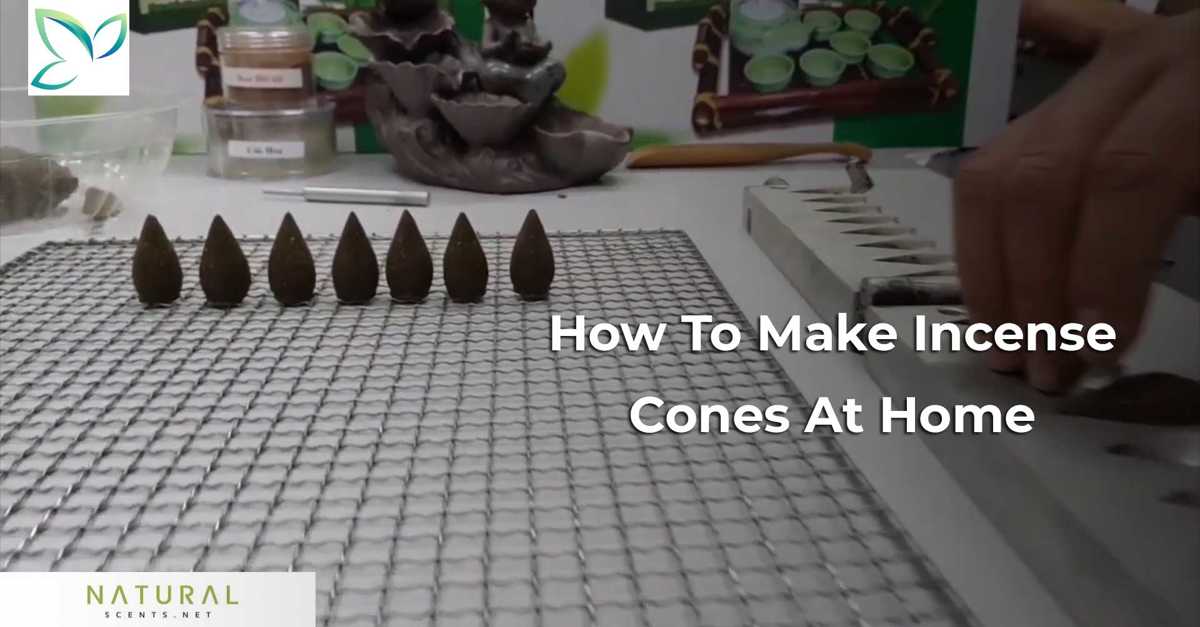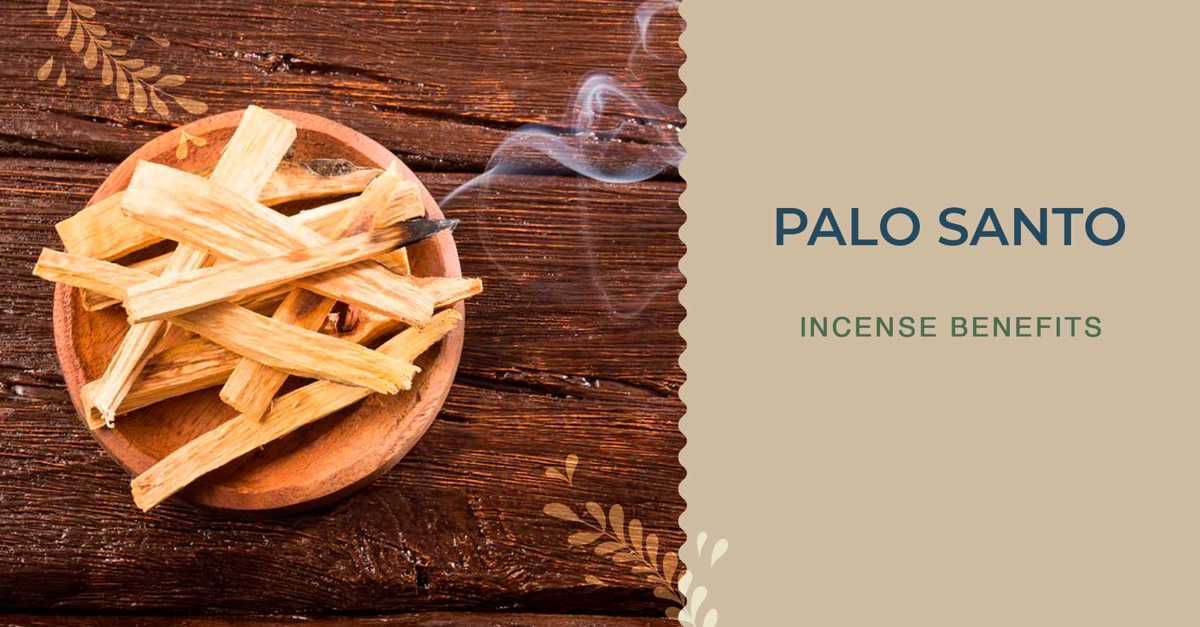Today, the Japanese incense ceremony called Kodo, or Kou-dou is a refined art that has been handed down for centuries. It takes many years of study, and a great deal of practice to perform the incense ceremony properly. The art of the Japanese Tea Ceremony is itself very difficult and takes about 15 years to master. The art of Kodo takes over 30 years!
Kodo can be appreciated on many levels, you can participate in one of the games or ceremonies given by a Kodo Lecturer, or Kodo master, in many department stores and cultural centers in Japan, or you can learn the basics and play the games at home with your friends.
The beginnings of the incense games and parties began in homes originally, long before there were any Incense Masters or Kodo Schools.
The Umegae Chapter (A Branch of Plum) in "The Tale of the Genji" speaks of Incense Making contests, and incense kneaded with honey.
"Prince Hotaru came calling on the tenth of the Second Month. A gentle rain was falling and the rose plum near the veranda was in full and fragrant bloom. The ceremonies were to be the next day. Very close since boyhood, the brothers were admiring the blossoms when a note came attached to a plum branch from which most of the blossoms had fallen."
"Princess Asagao had sent perfumes kneaded into rather large balls in two jars, indigo, and white, the former decorated with a pine branch and the latter a branch of plum. Though the cords and knots were conventional, one immediately detected the hand of a lady of taste. Inspecting the gifts and finding them admirable, the prince came upon a poem in faint ink which he softly read over to himself. 'Its blossoms have fallen, the plum is of no further use. Let its fragrance sink into the sleeves of another.' "
Here we have a description of Kneaded Incense or Awaseko. There is speculation that the contests mentioned in the novel refer to guessing games, but it is clear by the next reference that the contests of this period were judgments of quality and incense-making skill and not the "guessing games" of later periods.
The time had come to review the perfumes. "It should be on a rainy evening," said Genji. "And you shall judge them. Who if not you?" He had censers brought in. A most marvelous display was ranged before the prince, for the ladies were determined that their manufactures be presented to the very best advantage. "I am hardly the one who knows," said the prince.
He went over them very carefully, finding this and that delicate flaw, for the finest perfumes are sometimes just a shade too insistent or too bland. Genji sent for the two perfumes of his own compounding. It being in the old court tradition to bury perfumes beside the guardsmen's stream, he had buried them near the stream that flowed between the main hall and the west wing.
He dispatched Koremitsu's son, now a counselor, to dig them up. Yu~giri brought them in. "You have assigned me a most difficult task," said the prince. "I fear that my judgment may be a bit smoky." The same tradition had in several fashions made its way down to the several contestants. Each had added ingeniously original touches. The prince was faced with many interesting and delicate problems. Despite Asagao's self-deprecatory poem, her "dark" winter incense was judged the best, somehow gentler and yet deeper than the others.
The prince decided that among the autumn scents, the "chamberlain's per- fumes," as they are called, Genji's had an intimacy which however did not insist upon itself. Of Murasaki's three, the plum or spring perfume was especially bright and original, with a tartness that was rather daring. "Nothing goes better with a spring breeze than a plum blossom," said the prince. Observing the competition from her summer quarter, the lady of the orange blossoms was characteristically reticent, as inconspicuous as a wisp of smoke from a censer.
She finally submitted a single perfume, a summer lotus-leaf blend with a pungency that was gentle but firm. In the winter quarter, the Akashi lady had as little confidence that she could hold her own in such competition.
She finally submitted a "hundred pace" sachet from an adaptation of Minamoto Kintada's formula by the earlier Suzaku emperor, of very great delicacy and refinement. The prince announced that each of the perfumes was obviously the result of careful thought and that each had much to recommend it."
From the chapters of the "Tale of Genji" the Genji crests or Genji-mon were created to use in the Kodo game "Kumiko" called ""Genji-ko."
This is the Genji-mon for "The Branch of Plum" chapter in the "Tale of the Genji" The connected lines indicate that five "kiki-gouro's" (Incense Cups) were prepared by covering lit charcoal with ash and placing a mica plate with incense wood on top. The cups were passed among the contestants. In this presentation, the first, third, fourth, and fifth cups were the same incense wood. Only number two was different. This is represented by four connected lines, and one (the second) standing alone.
Kodo
Preparing The Incense Censer
The first step in preparation is filling the Incense Cup (Kiki-gouro) with rice chaff ash (kouro-bai). Fill loosley and do not compact.
Stirring the Ash Bed
Next the ash (kouro-bai) is stirred with the chopsticks using a clockwise motion. Fluffing the ash in this manner allows air (oxygen) for charcoal to burn properly.
Preparing Hole for Charcoal
After preparing the ash, use the metal chopsticks to make a hole in the center for the charcoal (Kou-tadon) to be placed. You only need to make the hole about two centimeters (2 cm.) deep because the ash is loose and the charcoal can be pressed down to the proper height.
Heating the Charcoal
One very important part of preparing the Kodo cup (Kiki-gouro) is heating the charcoal properly. If has not burned long enough before you put it in the Kodo cup it will have an unpleasant aroma which will be retained in the ash and effect the presentation. For this reason the charcoal is ignited and place in a separate censor until it is glowing red in the center and white on the entire outside, and the offensive aroma is burned away.
Placing Charcoal in Kiki-gouro (Hitori-gouro)
Now you place the charcoal in the "Kiki-gouro" (Kodo cup) and you are ready to begin covering the charcoal with ash and building your ash mound.
Note: Normally the charcoal would be white. We used unlit charcoal for this demonstration so you could see it better.
Making the Ash Mound
Next you take the metal chopsticks (koji) and begin making a mound over the charcoal, working from the edge with a counter-clockwise upwards motion. This keeps the ash loose for a better burning of the charcoal.
Tamping the Ash
This is a very important part of the process. You want to lightly tamp the surface without compacting the ask below the surface, Remember, the charcoal needs air to burn properly. Hold the ash press parallel to your shoulders and lightly press the surface as you rotate the cup counter clockwise. Keep the ash tamper (Haioshi) 90 degrees to the front of the Kiki-gouro.
Making the Ash Pattern
Once the mound is smooth you begin making the ash pattern. There are three styles of ash patterns:
Shin-kouro or Shin-bai (True pattern) is the most formal. It is divided into five sections called Gou, and the listening line Kiki-suji. An odd number of lines, (kosuji) usually nine, divide the five sections (gou).
Below-left is the positive (You) "True Ash" (Shin-bai) pattern of the Oie school. Below-right is the negative or "In" pattern. Notice how the kosuji reverse in the negative pattern.
The second most formal pattern is called the Gyou-kouro or Gyou-bai patten. It also contains five sections (gou) and the listening line (kiki-suji) but the kosuji are left out. (see below) Gyou means "Journey" or “Travelling.”
The least formal is called the Sou-bai or Sou-kouro. In this pattern the Gou are omitted, and only the kiki-suji (listening line) is marked. Sou means "Draft" or "Grass"
Making the Vent
After making the pattern use the metal chopstick to make a hole or vent down to the charcoal. This allows the most heat to rise at the center where you will place the mica plate (silver leaf) and center the incense (koh).
